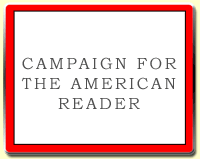 Helen Oyeyemi was born in Nigeria in 1984 and moved to London when she was four. She is the author of The Icarus Girl, The Opposite House, White is for Witching, which won a 2010 Somerset Maugham Award, and, most recently, Mr Fox.
Helen Oyeyemi was born in Nigeria in 1984 and moved to London when she was four. She is the author of The Icarus Girl, The Opposite House, White is for Witching, which won a 2010 Somerset Maugham Award, and, most recently, Mr Fox.One of her five best books with a spinster protagonist, as told to the Wall Street Journal:
NemesisRead about the other entries on the list.
by Agatha Christie (1971)
The murder that Miss Marple investigates in Agatha Christie's "Nemesis" is a so-called crime of passion: A young woman was killed on the day she was due to elope with her lover. As Marple looks intothe case, she becomes aware of a certain desolation—"sorrow, misery, fear . . . frustrated love"—that is both cause and consequence of the murder. But we also sense that the emotion forms part of Marple's psychological response to the spinster life. After she has confronted the murderer in the name of justice—doing so while wearing a pink woolly scarf—one character who has seen her in action calls her "the most frightening woman I have ever met." He may be referring to the elderly super-sleuth's eerie understanding that "Love is a terrible thing. It is alive to evil," and her translation of that intuition into deductive logic.
--Marshal Zeringue















































